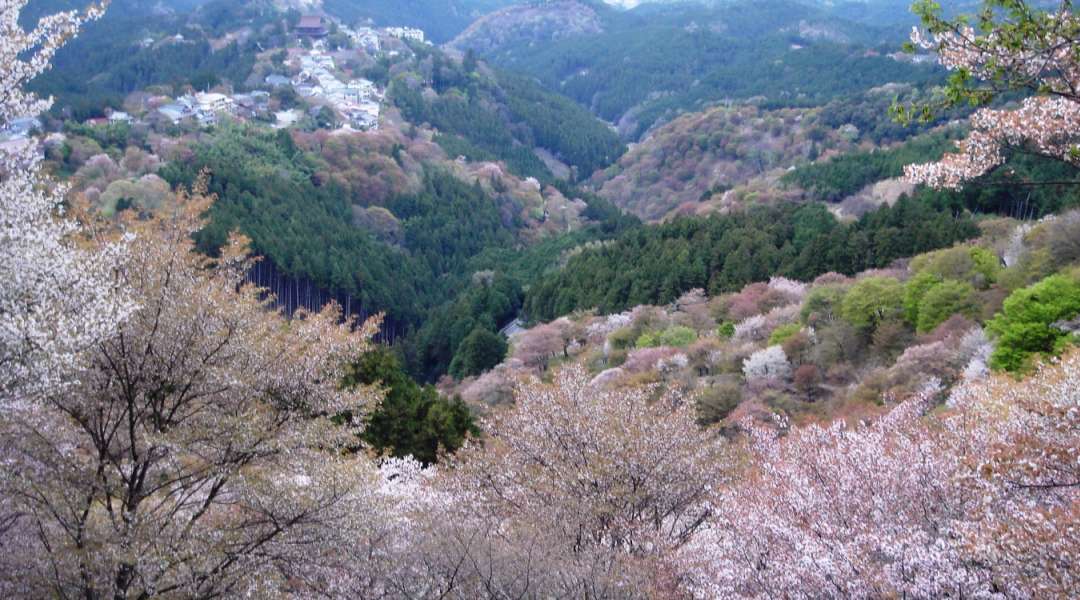
Widely known as Kansai’s number one cherry blossom spot, Yoshinoyama, or Mount Yoshino, turns into one big sakura viewing festival at the beginning of April each year. Tens of thousands of people visit this mountain-top village in Nara Prefecture to admire 30,000 cherry trees in full bloom.
This village and area is also one of the main centers of Shugendo, a spiritual tradition unique to Japan that is rooted in nature and mountain worship and was later infused with elements of Esoteric Buddhism and Daoism. Not many know that Yoshino’s sakura and Shugendo are closely linked and only few venture to Yoshino outside of cherry blossom season, however, Yoshino has a lot more to offer than just a pink panorama in spring.
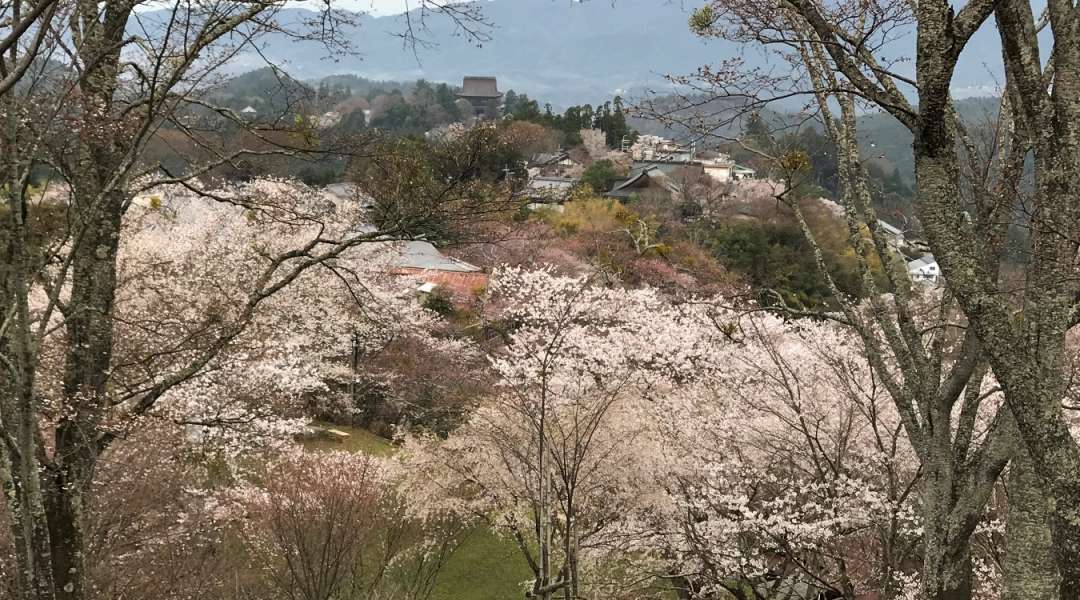
Roots of the Yoshino Cherry Blossom Boom
The tradition of Shugendo dates back 1,300 years to a man named En no Goya, or En the Ascetic. He was a mountain hermit, diviner and healer who is said to have lived in the 7th century Japan and was active in the Katsuragi, Yoshino and Kumano areas in what is nowadays Wakayama and Nara Prefectures in the Kansai region of Japan.
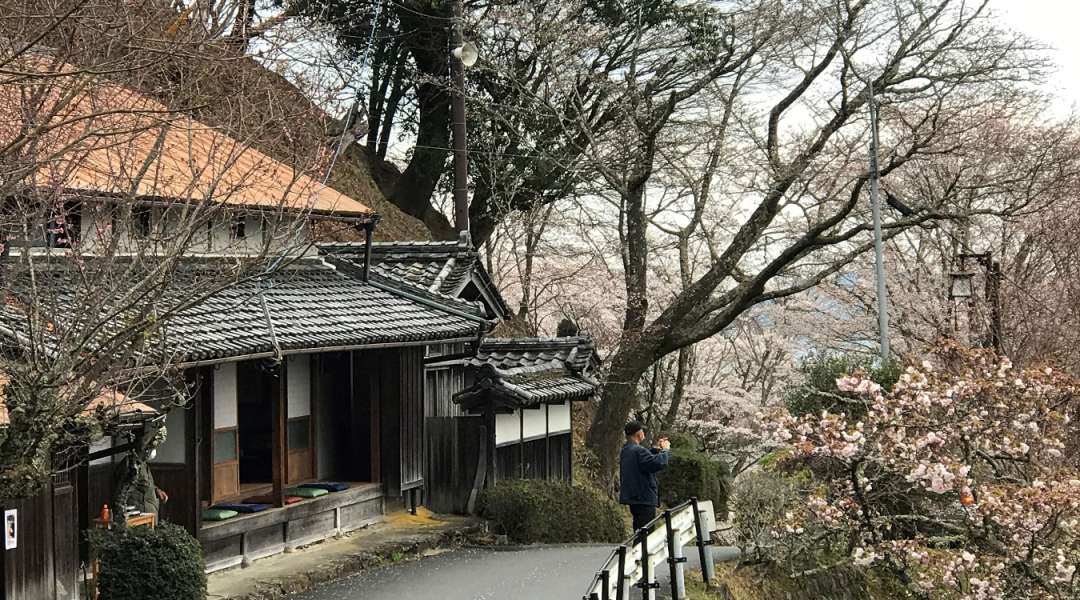
En wandered across the rugged peaks and through the deep valleys of the Kii Peninsula, secluded himself in caves and prayed under waterfalls in pursuit of spiritual power. In the remote mountains and the forests he is said to have encountered spirits and demons, as well as various divinities from the Shinto and Buddhist pantheon. One such deity was Zao Gongen, a fierce-looking deity that is considered to be the protector of the local mountains. En carved an image of the vision he had from the wood of yama sakura, wild cherry trees, which grow naturally in the mountains of the Kii Peninsula.
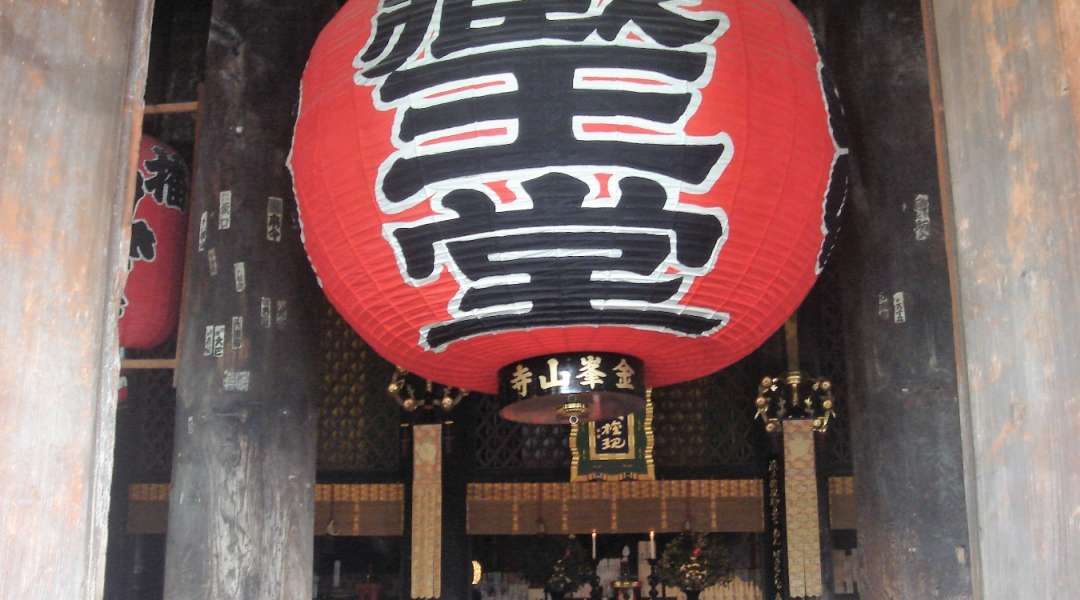
Zao Gongen is now worshipped at many of Yoshino’s temples. Especially impressive is the trinity of Zao Gongen, representing past, present and future, which is venerated at the Zao-do Hall of Kimpusen-ji Temple. It's the second-largest wooden building in Japan after the Great Buddha Hall of Todai-ji Temple in Nara and the current structure dates back to 1592 but has been renovated over the years. The three 7 meter tall images of the deity are hidden behind thick curtains for most part of the year but in spring (April and early May) and in autumn they are open for viewing.
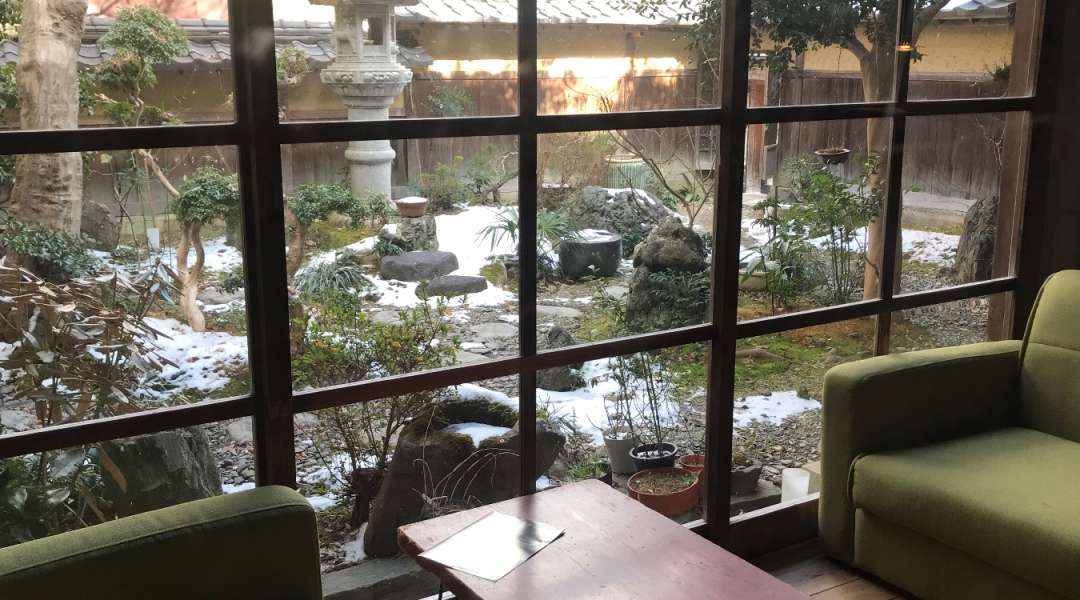
Surrounded by Sakura Fields
In the middle of the 16th century a rich merchant gifted 10,000 tree seedlings to Yoshino. The cherry tree was seen as a representation of Zao Gongen and more and more people made a pilgrimage to Yoshino to plant cherry trees and appreciate their blossoms. The tradition of planting and cultivating sakura has been kept up until today. There are now four distinct areas around the village, called Senbon, where a thousand cherry trees were planted each. Sen means a thousand and hon or bon means tree in Japanese. These are: Shimo-Senbon (or Lower Senbon), Naka (Middle Senbon), Kami (Higher Senbon) Senbon, and finally Oku-Senbon (Deep in the Mountains Senbon).

Walking and Exploring Mt. Yoshino
Yoshinoyama stretches out over a distance of about 7 km, from Yoshino Station and the Shimo-Senbon area to Kimpu-jinja Shrine and the Oku-Senbon area, covering a change in elevation from roughly 200 m to 700 m. The higher one walks up through the village, the less houses there are. The majority of accommodation, cafes, restaurants and shops are located in the Shimo-Senbon and Naka-Senbon areas where visitors can enjoy local delicacies such as Kudzu sweets, Japanese-style sweets made from the powder of the Kudzu plant, or Kaki no ha zushi, sushi wrapped in a persimmon leaf.
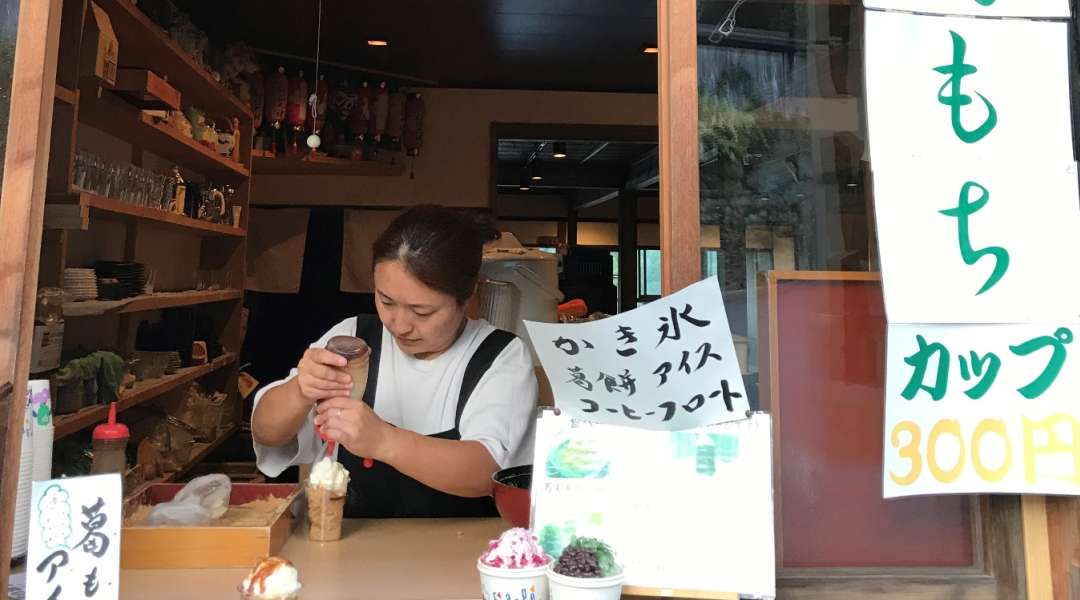
There are Five Guardian Temples, or Goji-in, of the main Shugendo sanctuary, the Ominesan-ji Temple located on Sanjogadake Peak in the Omine Mountains, and four of them are located in Yoshino: Tonan-in, Kizo-in, Sakuramoto-bou and Chikurin-in. These temples are dotted along the main road through Yoshino Village and Shugendo is still practiced there today.

In addition to these there are several more interesting temples and shrines that also related to the Shugendo tradition on this mountain and are well-worth exploring. They are located off the main road, including Yoshimizu-jinja Shrine, Noten Okami Shrine, Nyoirin-ji Temple, Dainichi-ji Temple, or higher up in the mountains, such as Mikumari-jinja Shrine and Kimpu-jinja Shrine.
Famous figures in Japanese history are linked to Mount Yoshino and evidence of their visits and activities can still be found in the halls and surroundings of these temples, shrines and at local landmarks. Some past VIP visitors include the 6th century Emperor Tenmu Tenno and Empress Shito, the 12th century samurai Minamoto Yoshitsune and his concubine Shizuka Gozen as well as poet-monk Saigyo, the 14th century Emperor Go-Daigo and the 16th century warlord Toyotomi Hideyoshi.
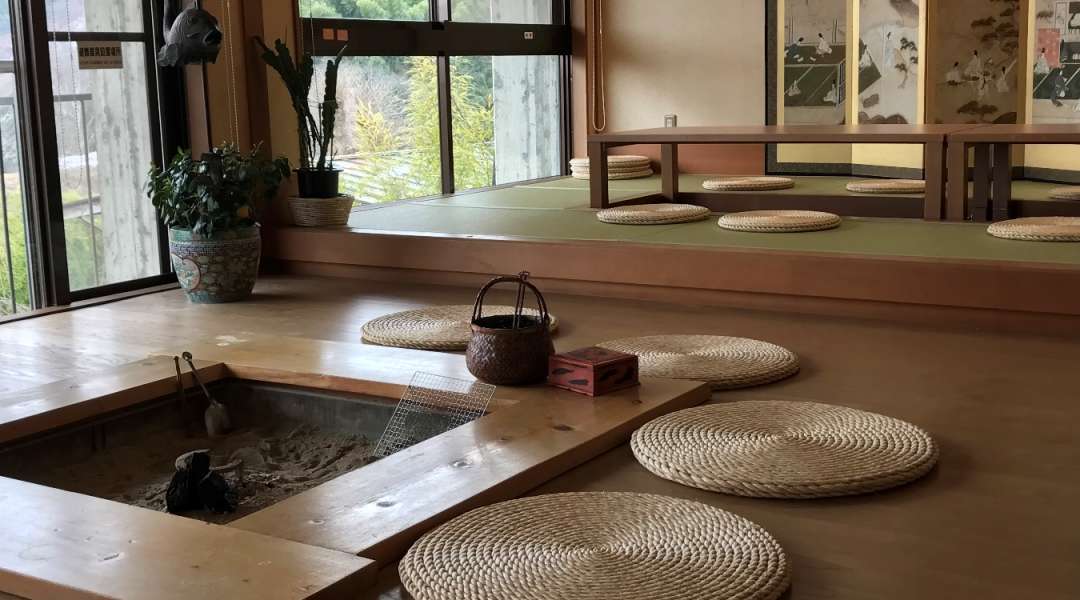
Find out more about what you can experience at Mt. Yoshino all year round from Alena's next article focusing on the local festivals and folklore coming to our website next month. While we wait for the next installment, check out Alena's previous article series introducing us to the stunning Mie prefecture which you can find here.
For more Japan-facts and updates follow us on Facebook, Instagram, and Twitter!

















































